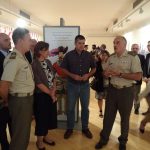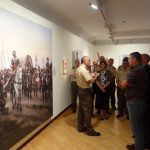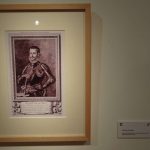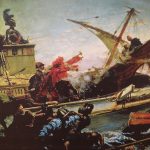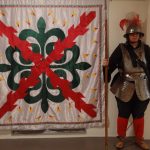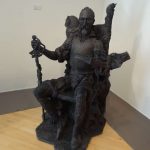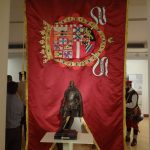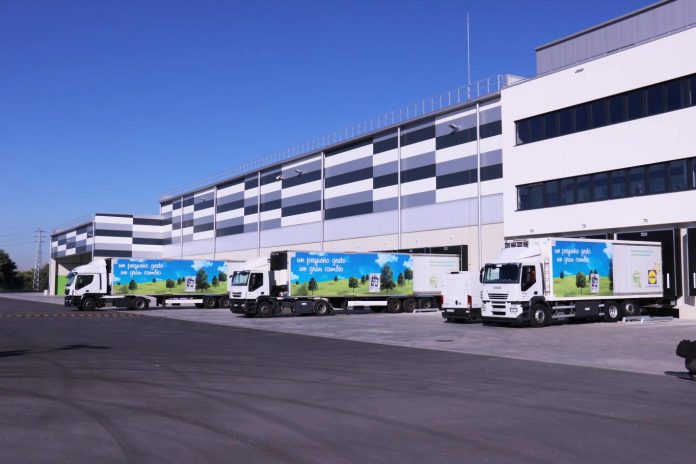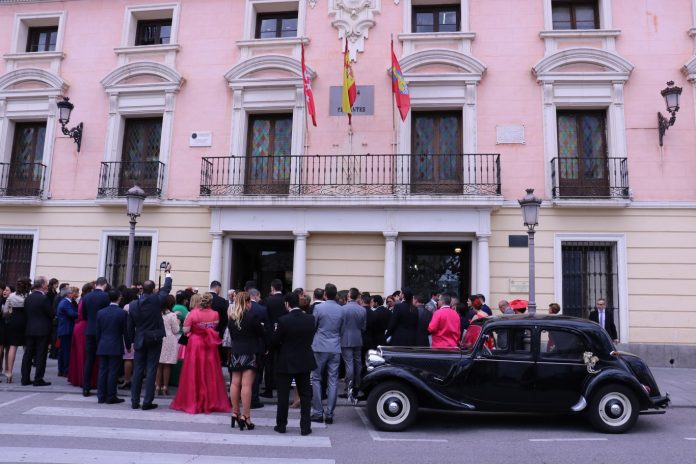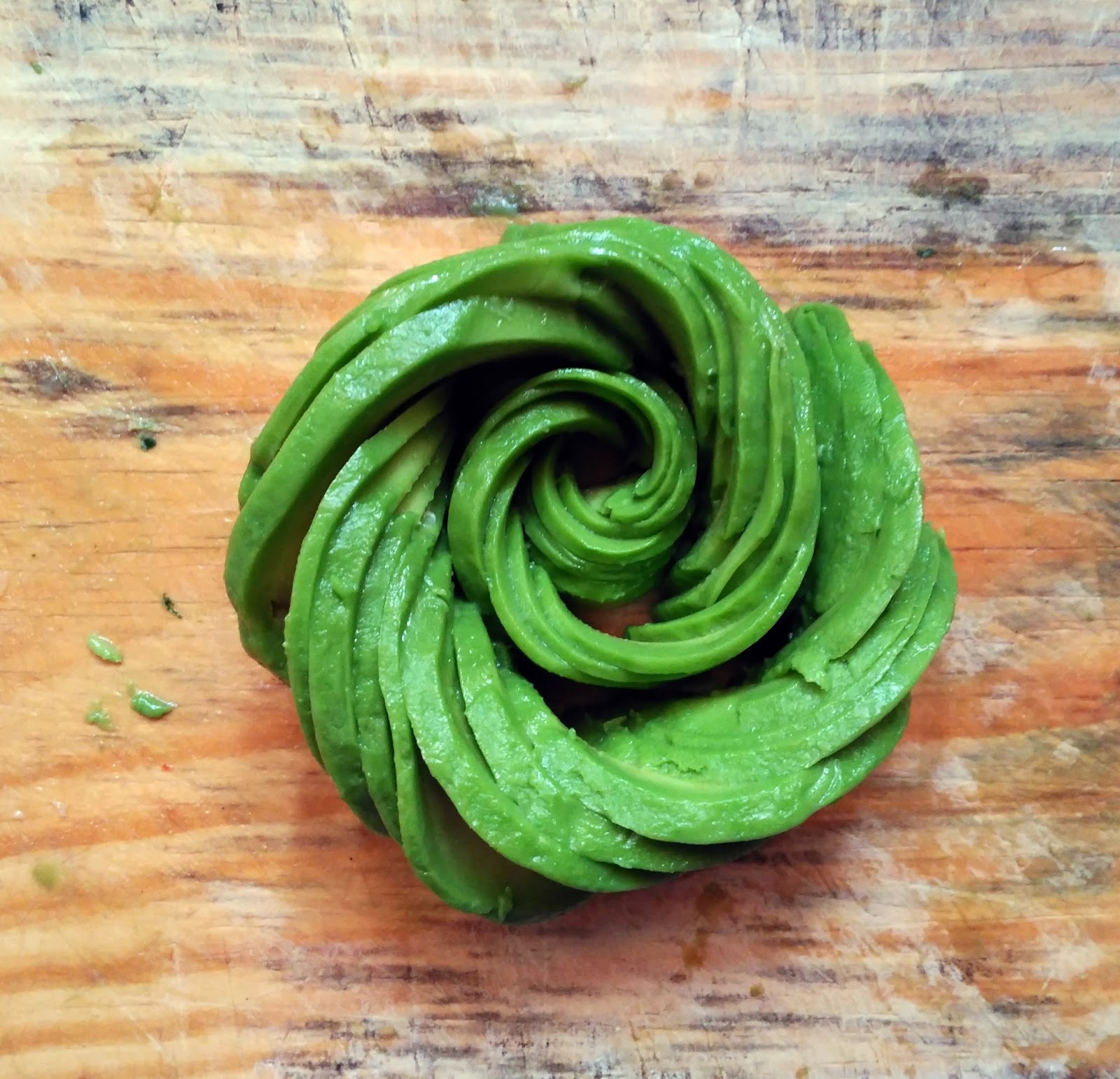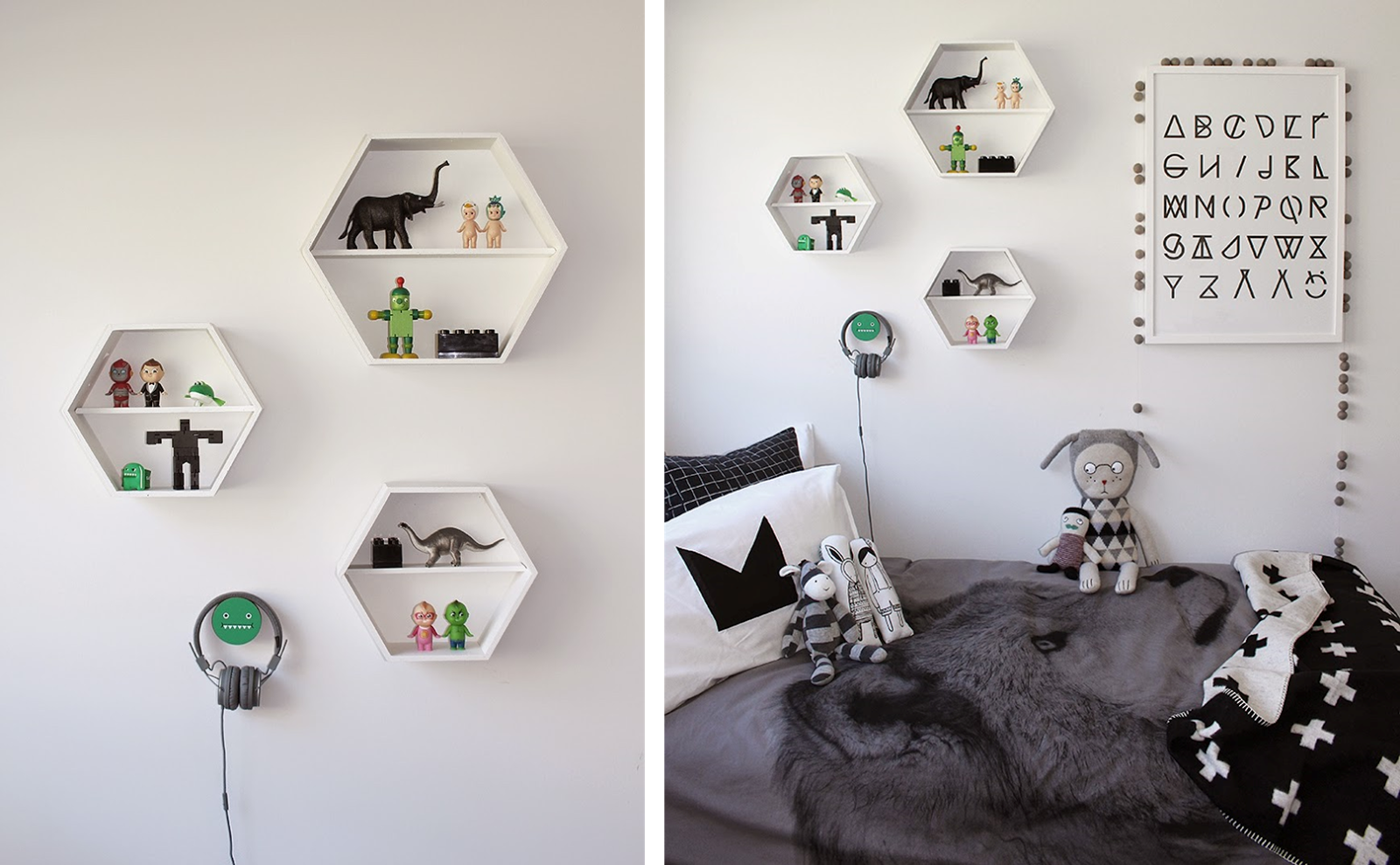Lidl ha inaugurado este jueves en Alcalá de Henares su décima plataforma logística en España. Y nosotros nos hemos acercado para comprobar de primera mano la magnitud de este gran coloso de la logística, la mayor de toda Europa de la compañía y un ejemplo de vanguardia tecnológica y sostenibilidad medioambiental.
La nueva infraestructura supone un importante hito en la firme apuesta de la compañía por el mercado español, en el que está presente desde 1994.
Con la inauguración oficial, se pone en marcha la primera fase del ambicioso proyecto que Lidl está desarrollando en la localidad madrileña mediante el que la empresa ha creado 100 nuevos puestos de trabajo, que se convertirán en 275 cuando la nueva planta opere a pleno rendimiento.
Además Lidl afirma que más del 90% de los contratos de trabajo son indefinidos, con el mejor sueldo mínimo de la distribución española e incrementos de salario ligados al resultado de la empresa. Y para reforzarlo, dedica más de 7 millones de euros a inversión en planes de formación para empleados.

Al acto de inauguración ha asistido el alcalde de Alcalá de Henares, Javier Rodríguez Palacios, quien ha inaugurado formalmente la plataforma y desvelado una placa conmemorativa.
También han estado presentes Fernando José Burgaz, director general de la Industria Alimentaria, Carmen Cárdeno, directora gneral de Comercio Interior en el Ministerio de Economía, Peter Tempel, embajador de la República Federal de Alemania y Michael Aranda, director general de Lidl España.

Alcalá de Henares, el proyecto más ambicioso de Lidl
Con una inversión total de más de 70 millones de euros, el proyecto de Alcalá culminará en 2018 con la puesta en marcha de la segunda fase, en la que entrará en funcionamiento una instalación logística automatizada que sumará 16.000 metros cuadrados de superficie de almacenamiento a las 45.000 actuales.
Con el nuevo silo automatizado se añadirá una capacidad de almacenamiento de 50.000 palets adicionales a los 21.000 actuales. Estas cifras harán de la plataforma de Alcalá la más grande y más avanzada tecnológicamente de Lidl, no solo en España, sino en toda Europa.



Un referente europeo de construcción sostenible
Lidl ha inaugurado la planta de Alacia de Henares en el marco de una jornada titulada «La sostenibilidad en Lidl, desde la plataforma logística al punto de venta» en la que se ha presentado la apuesta de la empresa por la construcción sostenible.
Diseñada y construida bajo los criterios de sostenibilidad medioambiental más exigentes, la plataforma de Lidl en Alcalá reúne numerosas medidas dirigidas a minimizar el impacto ambiental de la instalación que la han hecho merecedora de 2 de certificaciones medioambientales de reconocido prestigio mundial: BREEAM y VERDE.


De este modo, la de Alcalá es la plataforma más sostenible de Lidl a nivel europeo y se convierte en un referente de construcción eco-sostenible en nuestro sector en todo el continente.
El supermercado más sostenible de España
En el marco de esta misma jornada, Lidl también ha presentado su nuevo modelo de tienda eco-sostenible en Coslada. Se trata la cuarta generación de tiendas de la compañía en los 20 años de actividad de la compañía en nuestro país.
Del mismo modo que la plataforma de Alcalá, la nueva tienda de Coslada se ha diseñado y construido bajo los criterios de sostenibilidad más exigentes, tal como acreditan las 2 certificaciones obtenidas por el inmueble: BREEAM y VERDE.
La elevada calificación medioambiental recibida convierte a la tienda de Lidl de Coslada en el supermercado más sostenible de España.
Empleo en términos de sostenibilidad
La apuesta de Lidl por la sostenibilidad no sólo se limita al ámbito del medioambiente, sino que está integrado en todos sus procesos y actividades. En el caso de Lidl, hablar de sostenibilidad también es hablar de personas y por ello apuesta por el empleo de calidad, con políticas destinadas a la mejora de las condiciones laborales de sus empleados, con el objetivo de convertirse en el mejor empleador de su sector.
A nivel retributivo, la compañía ofrece actualmente el sueldo mínimo más elevado del sector, tras la entrada en vigor a principios de año su primer convenio colectivo, que también contempla medidas para mejorar la conciliación laboral.
La apuesta de Lidl por el empleo de calidad se manifiesta también en sus políticas de estabilidad laboral y desarrollo a largo plazo de sus empleados. Así, la empresa cuenta a día de hoy con una tasa de contratos indefinidos de más del 90% y con una inversión en formación de más 7 millones de euros en 2016.



Sobre Lidl Supermercados
Lidl Supermercados, filial en España de la alemana Lidl Stiftung, es una cadena de supermercados posicionada a medio camino entre el hard discount y el supermercado tradicional.
Lidl Stiftung forma, junto con la cadena de hipermercados Kaufland, el Grupo Schwarz. Con una facturación total de 79.000 millones de euros en 2014, el Grupo Schwarz ocupa el 4º puesto a nivel mundial en el ranking de distribución de alimentación y está presente actualmente en 27 países en Europa con una red de cerca de 10.000 establecimientos.


Lidl Supermercados entró en el mercado español en el 1994 con la apertura de la primera tienda en la ciudad de Lleida (Cataluña).
Desde la inauguración de este primer establecimiento, la presencia de Lidl en España no ha cesado de crecer y en la actualidad posee una estructura de más de 535 tiendas, 9 plataformas logísticas (Valencia, Vitoria, Sevilla, Madrid, Barcelona, A Coruña, Málaga, Murcia y Tenerife) y un equipo humano integrado por 10.000 profesionales. Cada semana, 3 millones de clientes depositan su confianza en las tiendas que Lidl tiene repartidas por todo el territorio español.
Dónde está
Más información
Lidl ofrece los 100 primeros puestos de trabajo en su nueva planta de Alcalá











